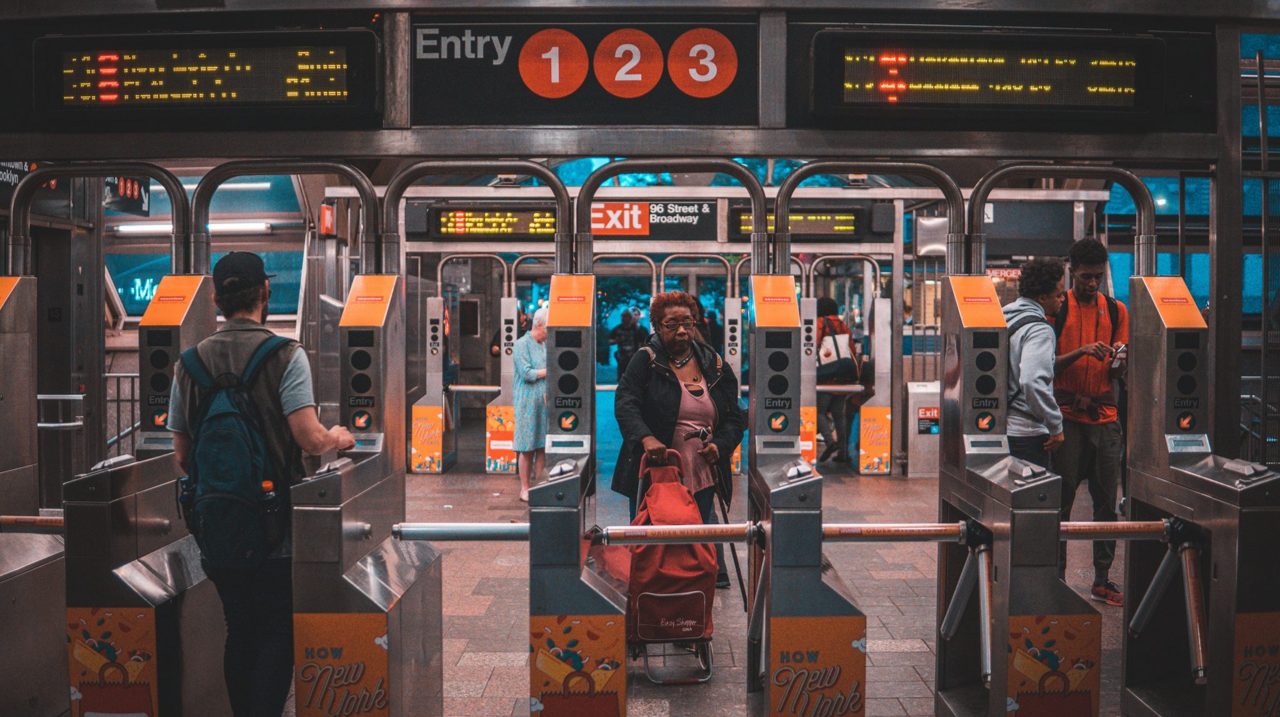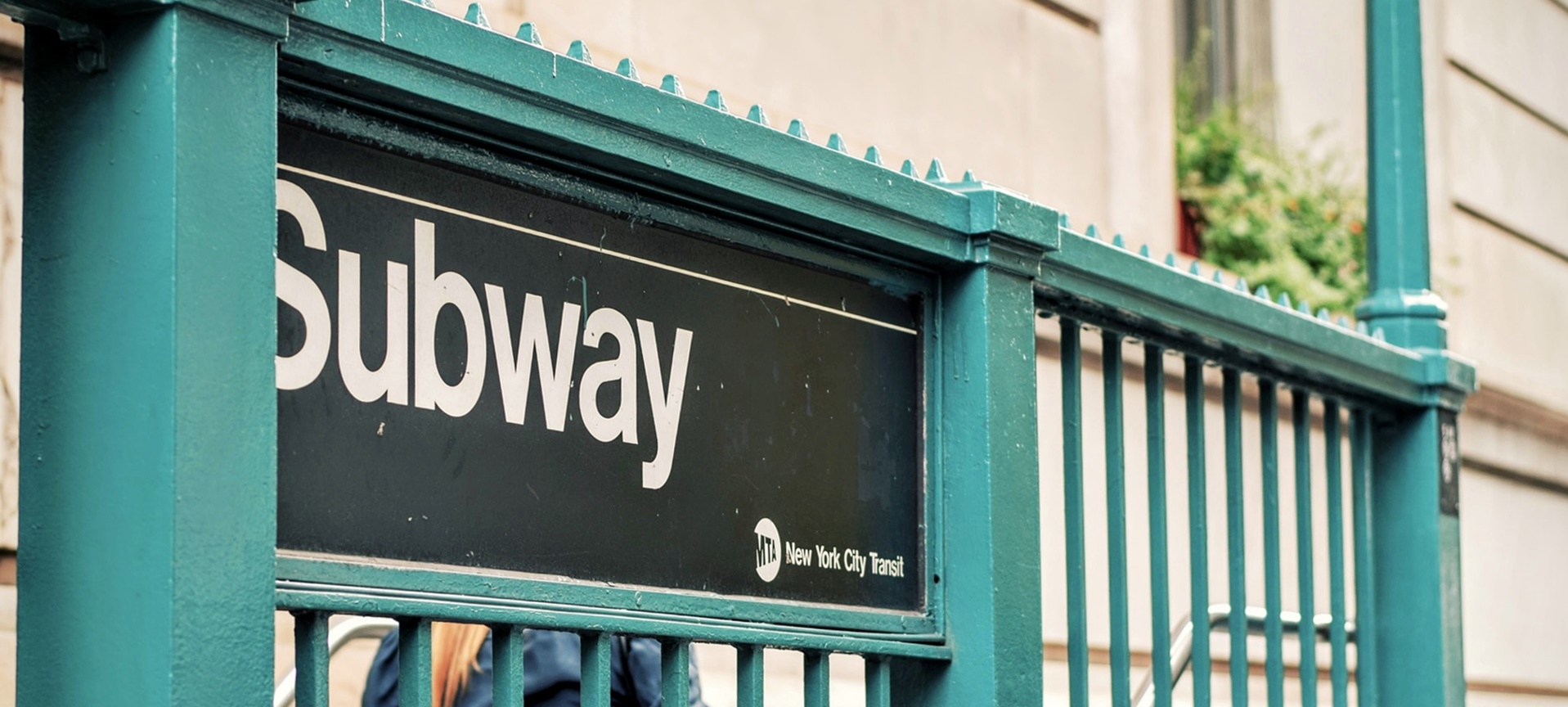The Metropolitan Transportation Authority (MTA), which operates New York City’s subway, has started employing artificial intelligence (AI) to combat the growing issue of fare evasion, a problem that costs the city hundreds of millions each year. The AI surveillance software, created by the Barcelona-based company AWAAIT, has been in use in seven subway stations...
NYC Subway Measures Fare Evasion Using AI
MTA’s New Approach to Fare Evasion: A Focus on Education, Equity, Environment, and Enforcement
The Four E's of MTA's Anti-Fare Evasion Strategy Unveiled in the Blue-Ribbon Panel's Inaugural Report
The Metropolitan Transportation Authority (MTA) Blue-Ribbon Panel on Fare Evasion released its first report, outlining a number of proposed improvements, during a press conference on May 17th. The report was intended to address the growing issue of fare evasion. The report notably devotes four pages (55–64) to discussing four areas where the MTA intends...
MTA’s Pioneering Methodologies to Measure Fare Evasion
The synthesis of traditional surveys and state-of-the-art technology creates a robust blueprint for fare evasion measurement
On May 17, the Blue-Ribbon Panel for Fare Evasion of the Metropolitan Transportation Authority (MTA) issued a report detailing the problem and outlining its two methods for measuring it. According to the most recent data, a concerning pattern has emerged: fare evasion rates increased significantly from pre-pandemic levels of 3 to 6% to 13.5%...
Fare evasion prosecutions fall 96% in New York
Despite the decrease in arrests, fare evasion is still high and costed MTA $215 million in 2018
In February 2018, New York’s District Attorney Office introduced a new policy which decriminalized fare evasion by shifting from court citations to administrative fines. The objective was to “reduce inequality and unnecessary incarceration” for skipping a fare of $2.75 at Metropolitan Transport Authority (MTA). A year later, statistics show a drop of 96% fare...



